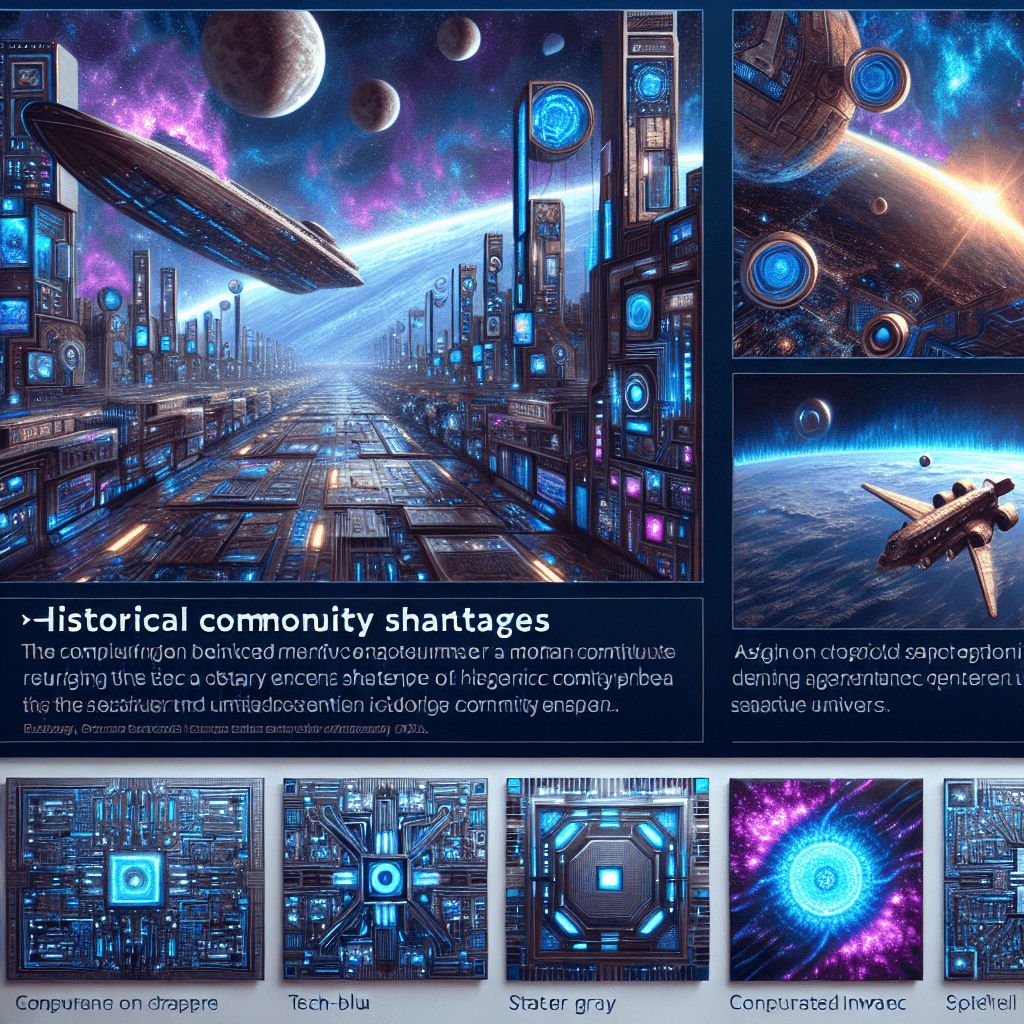Star Atlas: Lessons from Historical Commodity Shortages

Exploring Star Atlas Through the Lens of Historical Commodity Shortages
Star Atlas, a sprawling space exploration and strategy game on the Solana blockchain, offers players the chance to navigate a dynamic universe filled with opportunities and challenges. To understand how in-game economies function, we can turn to historical commodity shortages for insights. These events, marked by scarcity and demand, reveal valuable lessons that may resonate within the Star Atlas ecosystem.
Understanding Commodity Shortages
Throughout history, various commodities have faced shortages due to factors such as supply chain disruptions, geopolitical conflicts, or sudden surges in demand. Notable examples include the oil crisis of the 1970s and the global shortages of microchips in recent years. During these times, both prices and demand underwent significant fluctuations, illustrating the principles of scarcity and market dynamics.
Lessons for Star Atlas
-
Supply and Demand Dynamics
In Star Atlas, the economy is also shaped by the concepts of supply and demand. Just like oil or microchips, in-game resources like spaceships, fuel, and materials will experience varying levels of demand. Players should be aware that if a resource becomes scarce, its value is likely to increase. This means that strategic resource management, akin to real-world commodity trading, can significantly enhance a player’s success.
-
Market Speculation
Historical shortages have often led to speculative trading, where traders buy commodities in hopes of future price increases. In Star Atlas, this can translate to players anticipating resource shortages and acquiring assets ahead of time. Monitoring game updates and community forums for hints about resource limitations can provide advantageous information for savvy players.
-
Geopolitical Factors
Many historical commodity shortages were influenced by geopolitical tensions. Within Star Atlas, alliances, player factions, and territorial disputes play a similar role. Understanding the political landscape of the game can give players insights into potential scarcity — for instance, if a specific faction controls essential mining zones.
-
Innovation and Adaptability
Past commodity shortages have often sparked innovation as industries seek alternatives. Players in Star Atlas can benefit from being adaptable. If a particular resource experiences high demand, considering creative strategies or alternative paths to achieve goals can yield positive results. Investing in different technologies, like mining ships or exploration tools, might help circumvent shortages.
- Long-term Planning
Historically, resilient markets always prepare for possible shortage scenarios. In Star Atlas, players who think long-term – by stockpiling necessary resources or developing diverse fleets – can mitigate risks associated with scarcity. Regularly assessing one’s assets and considering future needs can lead to more sustainable gameplay.
Conclusion
By examining historical commodity shortages, players of Star Atlas can gain critical insights into managing their in-game resources and strategies. Understanding the interplay of supply, demand, and geopolitical factors can provide a significant advantage in navigating this exciting universe.
For more insights and detailed data modules about Star Atlas, visit Titan Analytics. If you have any questions or need assistance, feel free to contact Titan Analytics. Happy exploring!




